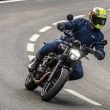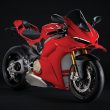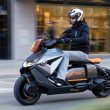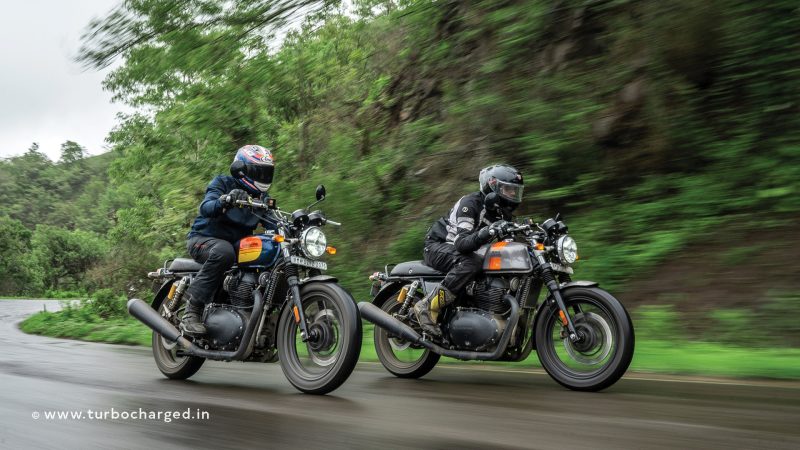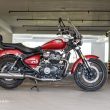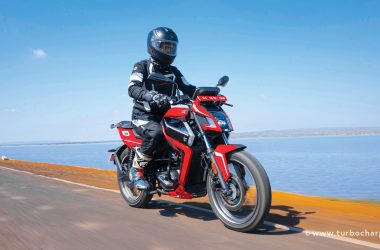Photography: Vaibhav Dhanawade and Siddhant Gadekar
Back in late 2018, Royal Enfield generated quite a ripple not just in India but across the globe with its newest offerings, the Interceptor 650 and Continental GT 650. The reasons, just like the motorcycles, were straightforward — retro looks combined with a torquey 648cc parallel-twin at a price that was hard to ignore. While Royal Enfield received a good reception in the country, the twins garnered great success globally, especially in the UK. Here’s a fun fact – the Interceptor 650 was the highest-selling motorcycle in the UK in the middleweight segment between June 2019 and June 2020! For 2023, Royal Enfield has updated the twins with a few modern touches, including the alloy wheels, and some visual tweaks as well. Do they still make the Royal Enfield twins more enticing as VFM motorcycles?
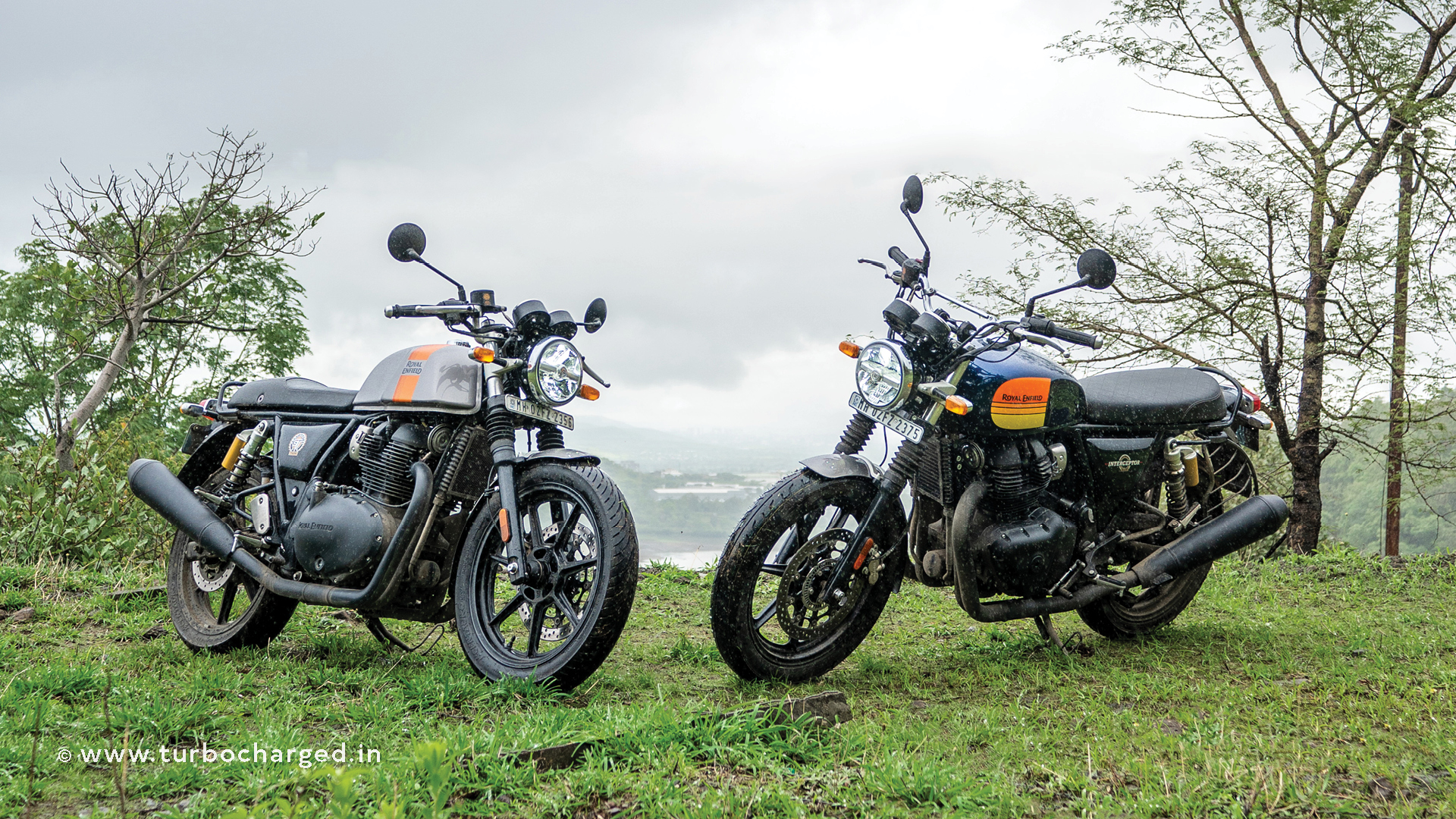
Let’s start with the design. The 650 twins now get LED headlamps borrowed from the Super Meteor 650, which lends an upmarket look. Both get the rotary-style switchgear design seen on newer Royal Enfields which, I feel, works better on a relaxed cruiser like the Super Meteor but takes some time to get used to on these bikes, especially the pass light operation with the thumb. The twin-pod instrument console is the same as before. While the Tripper navigation pod has been given a miss, you now have a USB port to charge your phone. Its placement under the left side of the handlebar though makes it a bit hard to access.
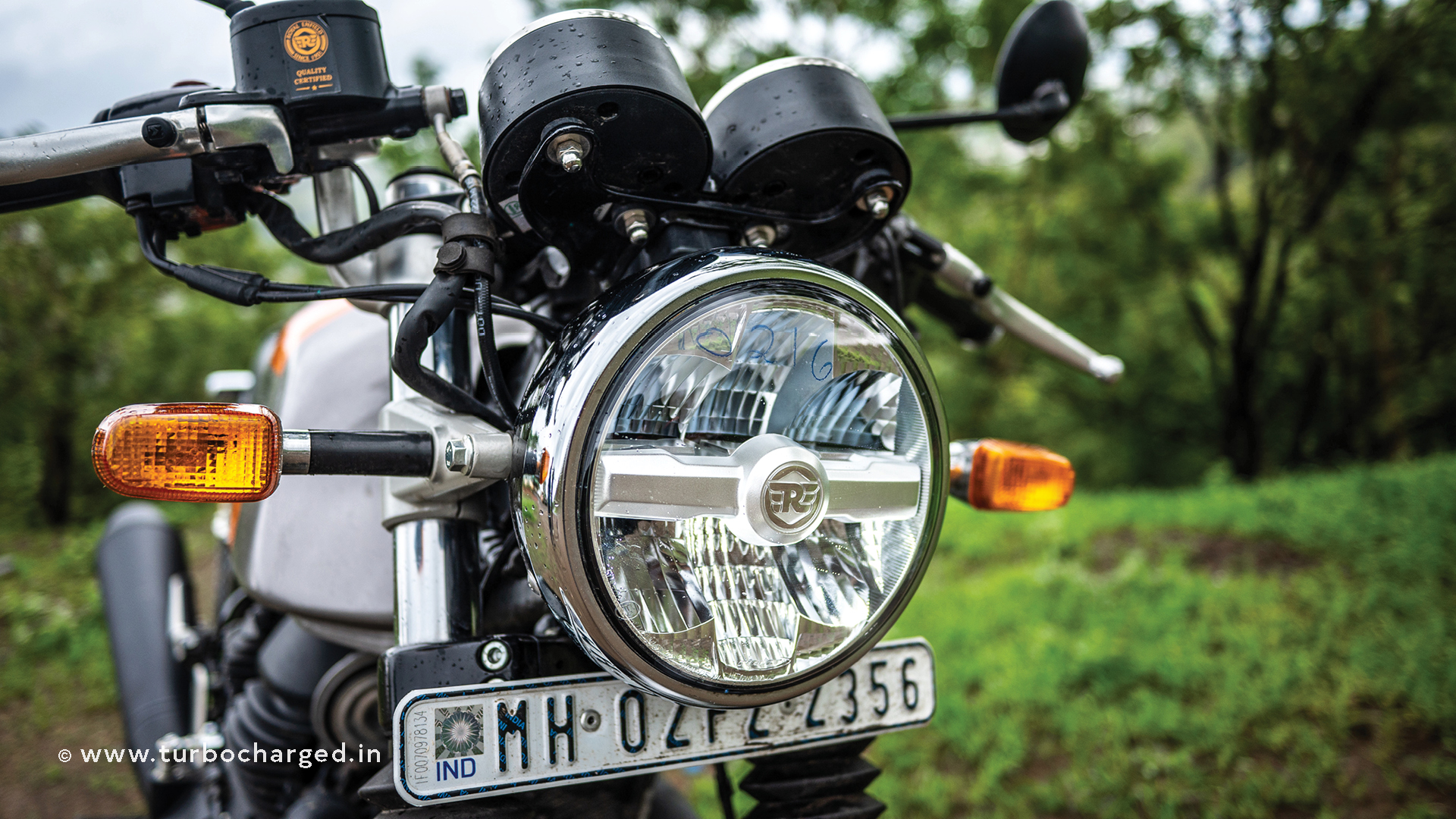
Despite all the updates, the retro charm remains consistent on both motorcycles! While the Interceptor with its roadster design looks attractive, it’s a bit conventional for my taste. The Continental GT, on the other hand, feels special! The cafe racer styling combined with the committed riding posture offers a unique experience every time you swing a leg over it, no matter how much backache you had after the last ride (more on this later). The Barcelona Blue and Apex Grey shades on our test Interceptor 650 and Continental GT 650 respectively, combined with the blacked-out engine, exhausts and alloy wheels look particularly enticing. Overall, the visual updates are simple yet effective as the 650 twins look and feel more premium than before. Quality-wise there are no complaints, as everything including the new levers feel built to last.
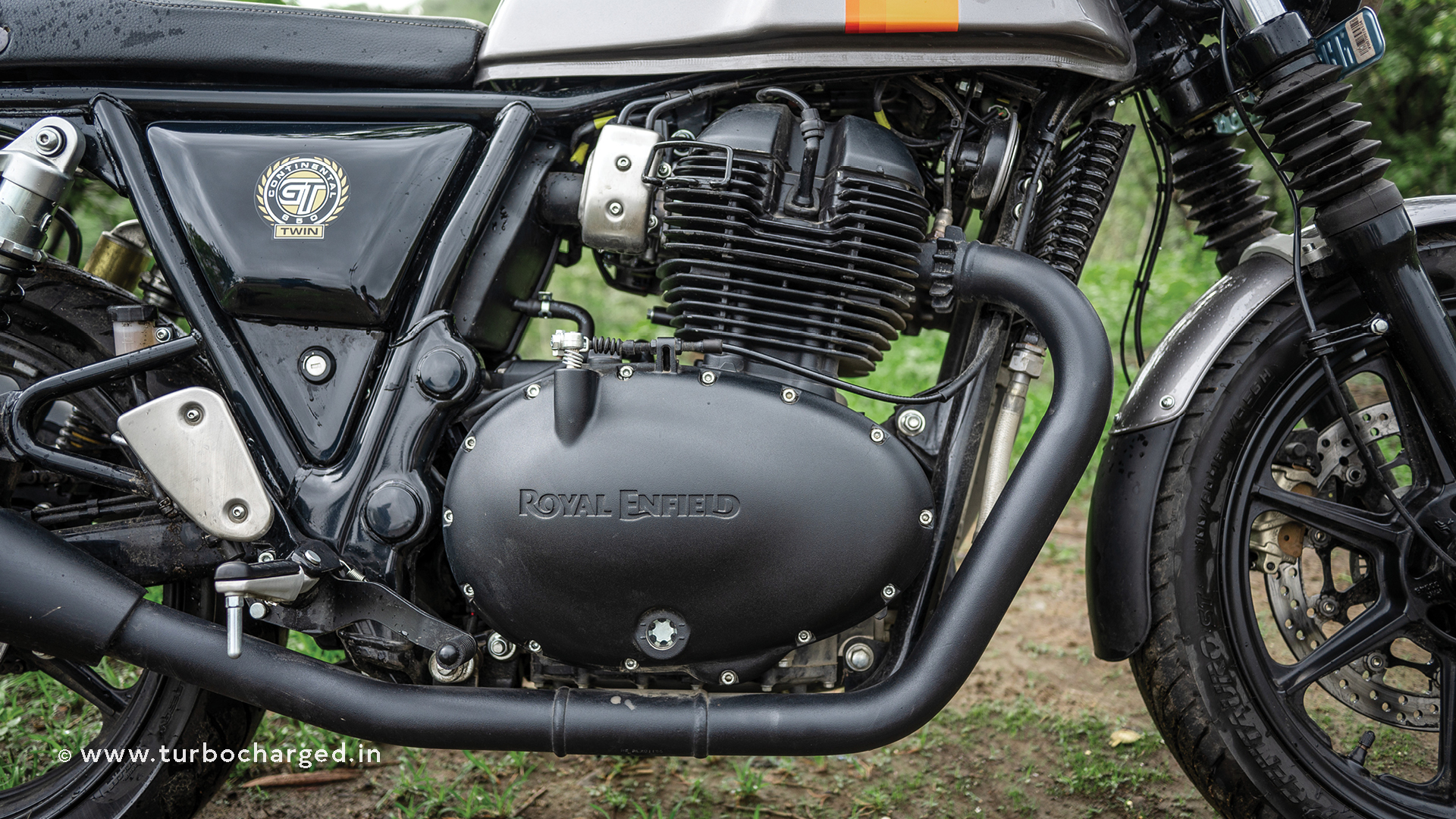
Coming to our favourite aspect about these motorcycles – the 648cc air-cooled parallel-twin! It continues to push out 47PS and 52.3Nm. The motor pulls hard, almost like a locomotive, from as low as 1,700rpm right through the mid-range until the peak torque kicks in at around 5,100rpm. We recommend you shift up at that point and enjoy the torque curve all over again, while the dual exhaust sings its sweet note behind your ears. The gearshifts are quick and the gear lever slots in easily, though the clutch feels a bit heavy despite being the slip and assist type.
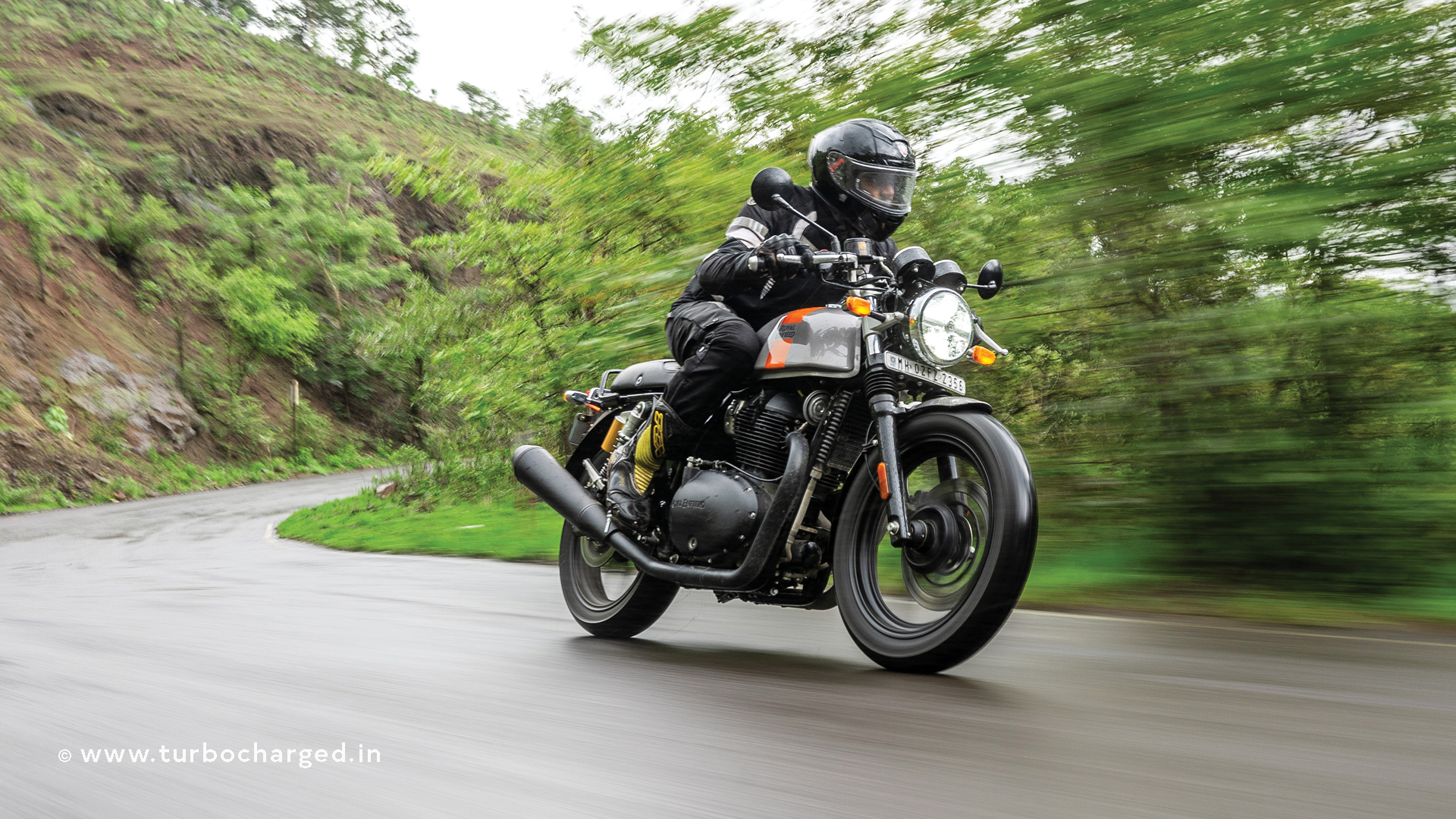
Apart from improving the looks, the alloy wheels provide more convenience as they allow for the fitment of tubeless tyres. Thanks to the sorted chassis, the 650 twins were always good handlers but with the addition of the lighter alloys, the front end now feels more agile and communicative, which gives you the confidence to push the motorcycles around bends. And that means that the Continental GT is now even more fun as its rear-set footpegs and clip-on handlebars allow you to hang off the motorcycle in the corners, and the sense of speed is higher too. The GT has another advantage with its grippier Vredestein Centauro sports-tourer tyres which provide better grip levels compared to the Ceat Zoom Cruz units on the Interceptor.
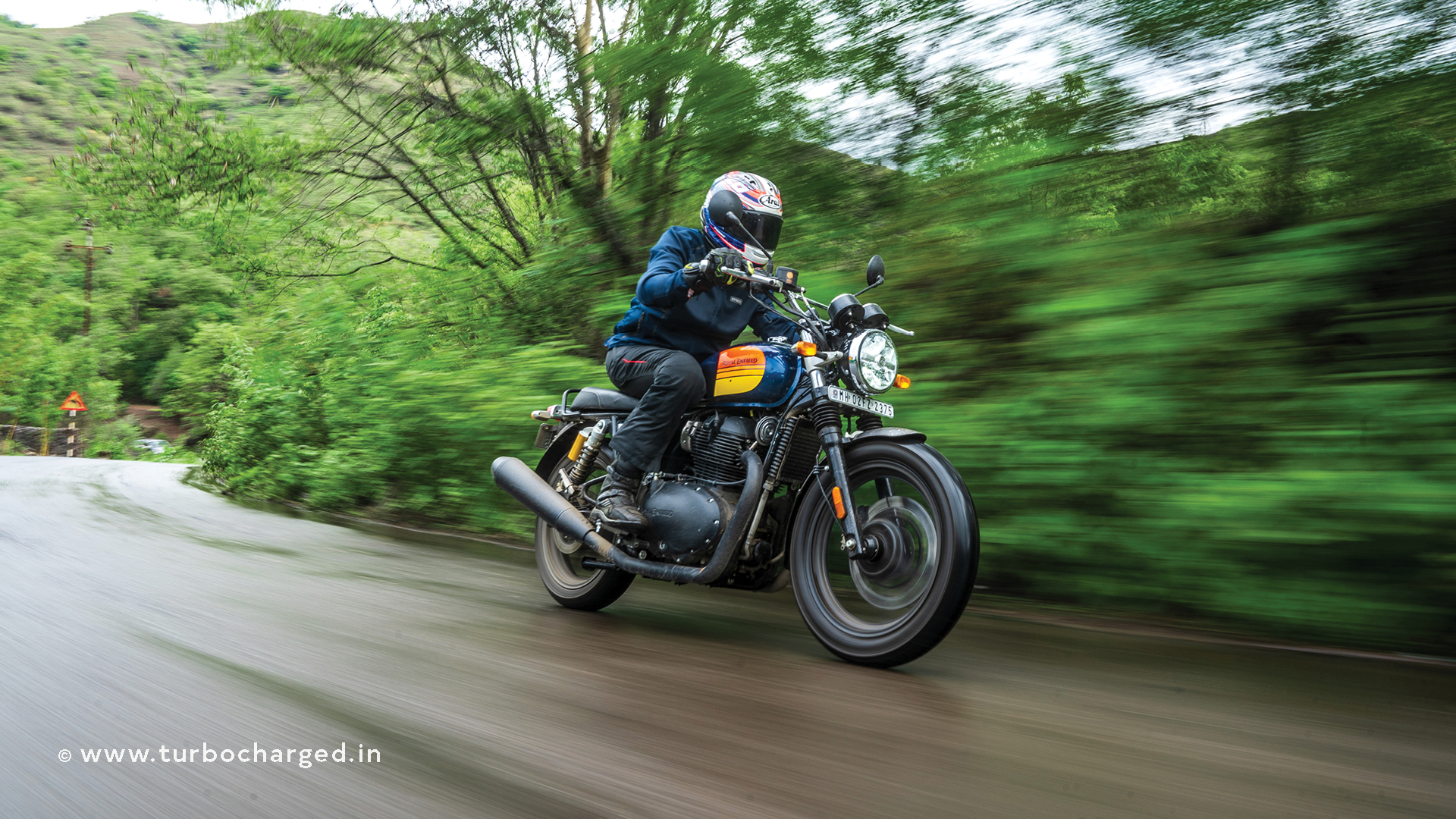
What doesn’t work in the favour of the GT 650 is the soft seat which doesn’t gel well with its committed riding posture, resulting in your backside going numb over a long ride. This is where the Interceptor has an advantage as it offers a much more relaxed riding posture with its upright handlebars and centrally placed footpegs; the seat is more accommodating for the pillion as well, making the Interceptor better equipped for daily use. At 218kg and 214kg, respectively, the Interceptor and Continental GT are heavy machines and you can feel that when you manoeuvre them at low speeds. The disc brakes at both ends with dual-channel ABS do a decent job of getting these heavyweights to a halt but could do with a little more feel and bite at the front.
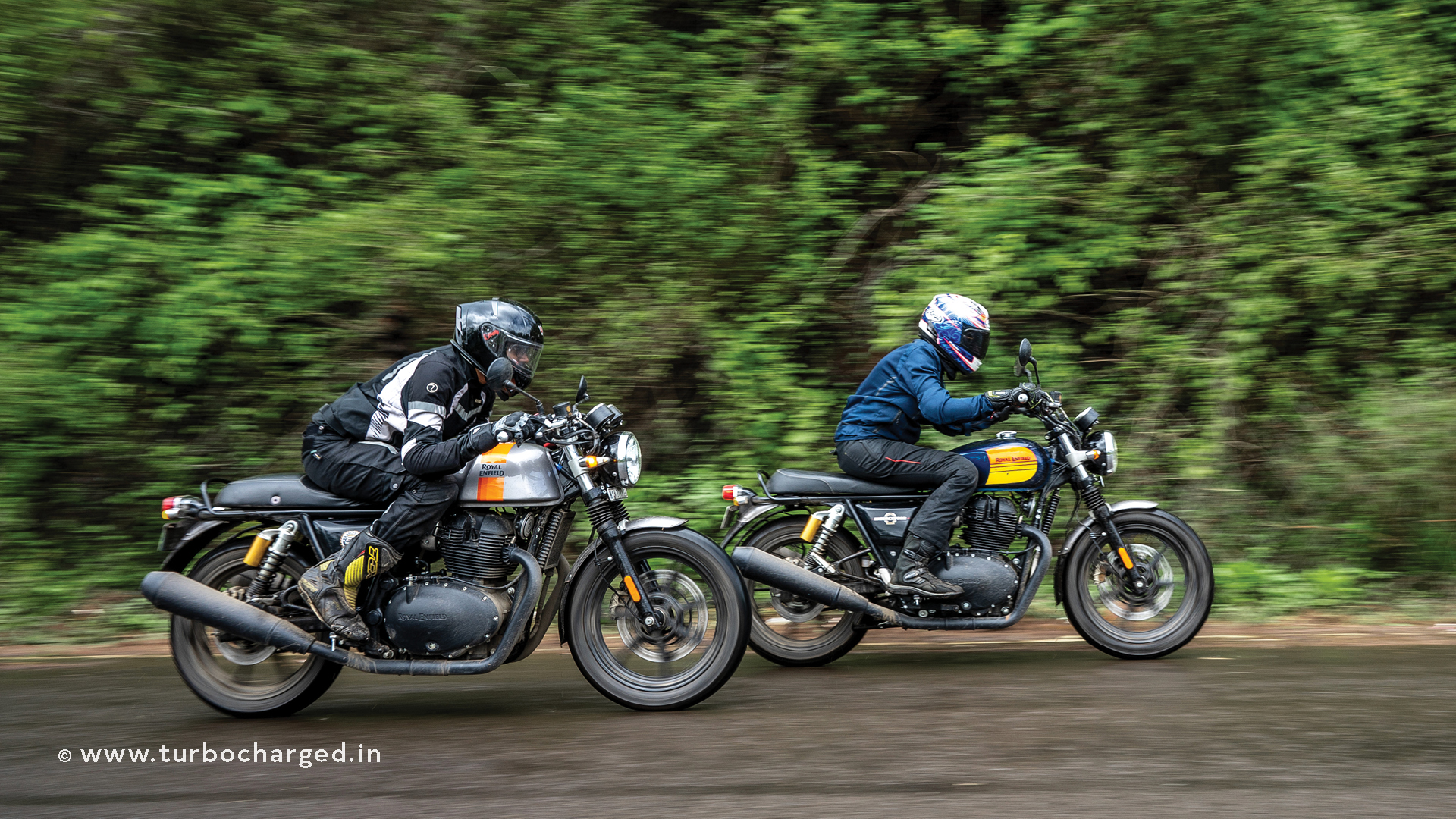
The Interceptor 650 now retails at 3.03 lakh onwards, while the Continental GT 650 is now priced at 3.19 lakh onwards (both prices ex-showroom). Royal Enfield continues to sell both models with chrome finish on the engine and exhausts and spoke wheels, for those that prefer the vintage vibe. Personally, I would pick the updated models as they find a good balance between retro and modern looks. But the main reason to buy the 650 twins continues to be the parallel-twin! Despite the price bump, the twins are still a fantastic value-for-money package in the middleweight retro category, in terms of performance offered for the price. Between the two, the Interceptor is a no-brainer as a daily, but the Continental GT tugs at your heartstrings more!


